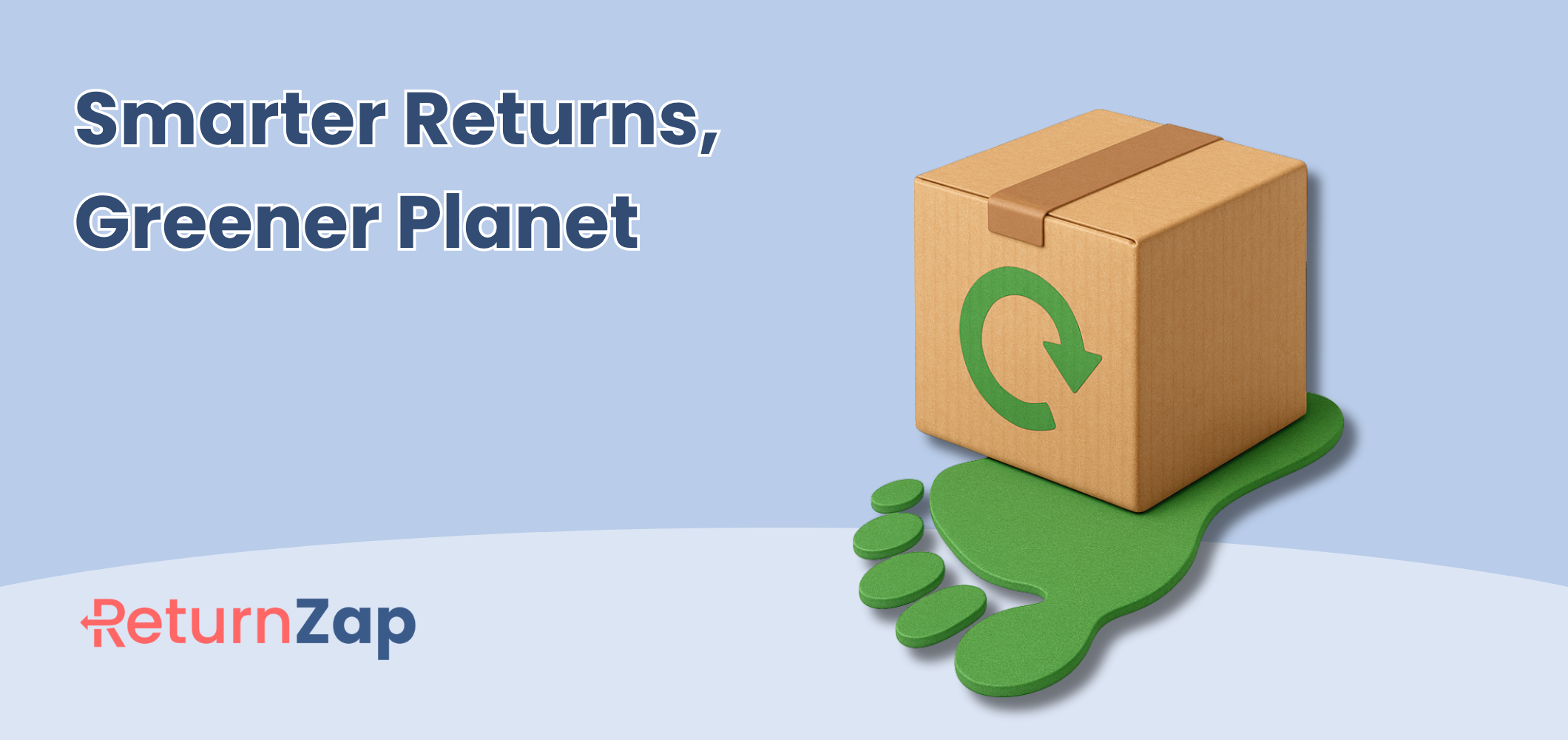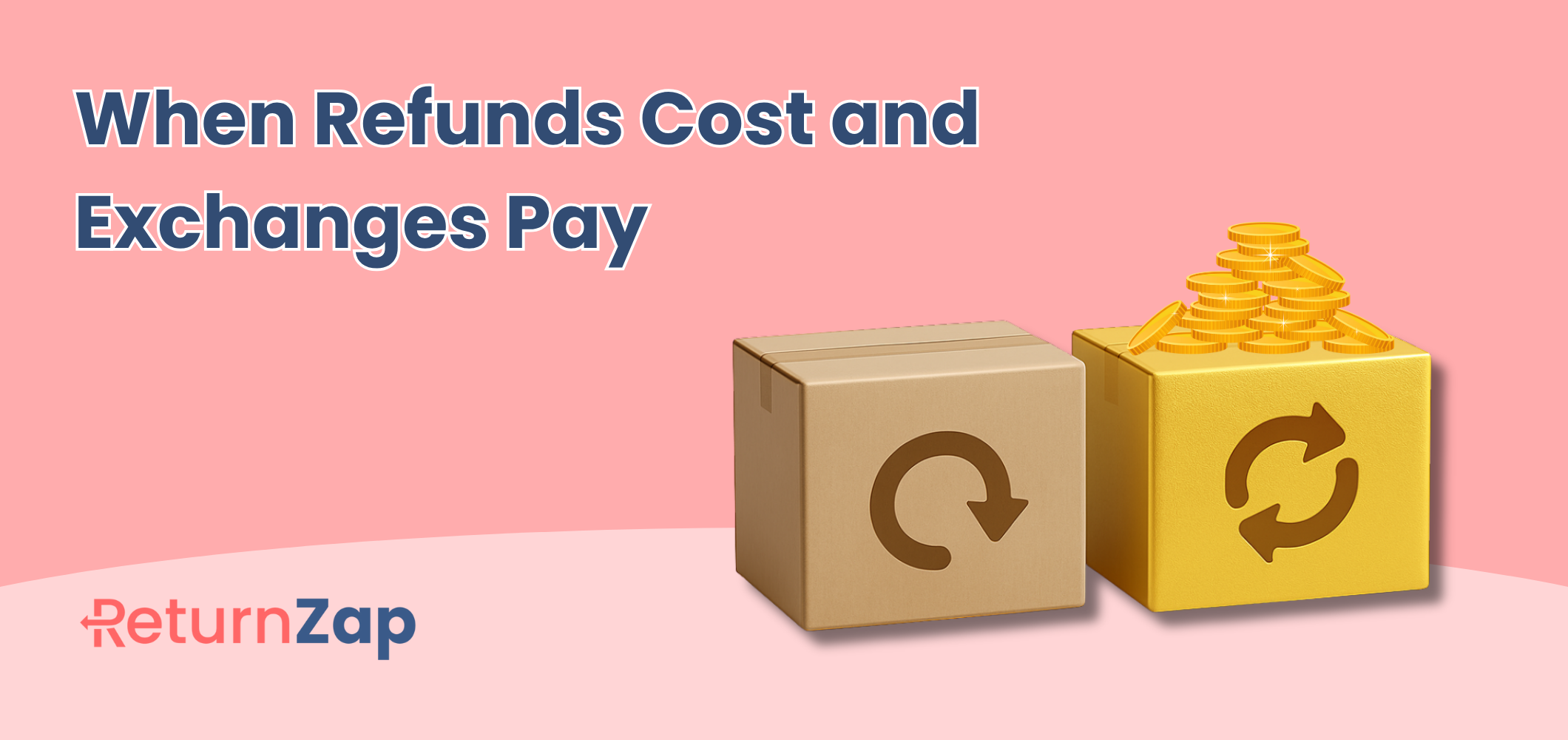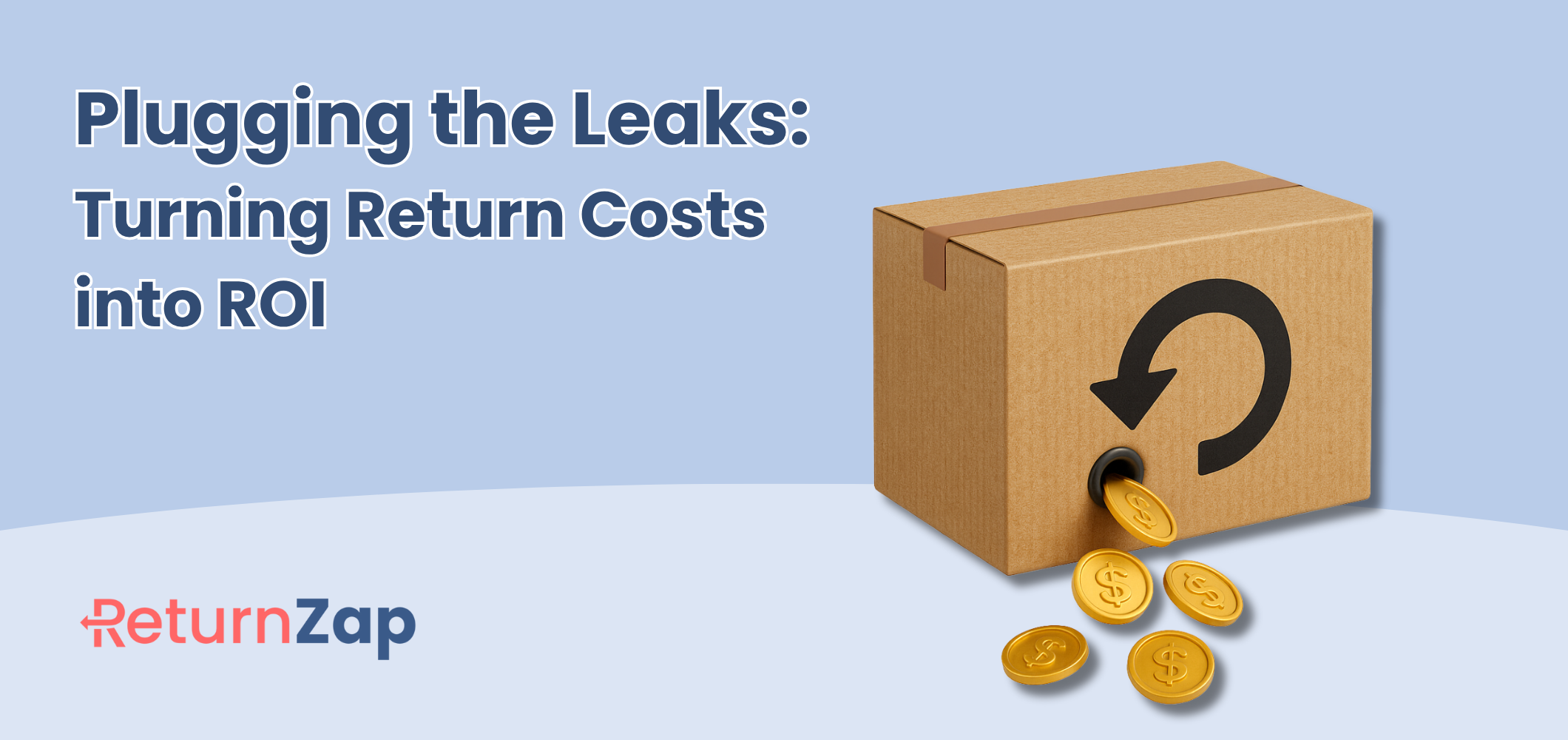What is an RMA?

The customer returns industry is filled with all kinds of jargon and acronyms. It can be difficult to get started as a beginner. This guide covers key topics for managing your customer returns - what is an RMA, what is it used for, and how can you apply best practices to save time and improve the user experience for your customers?
The basics
When dealing with ecommerce customer returns, everything begins with an RMA.
RMA stands for Returns Merchandise Authorization. You can think of an RMA as an order number for a customer return. It provides a unique identifier, often called the RMA number, as well as linked details about the return being sent in. Ecommerce merchants usually collect this RMA information digitally and in a printed form.
Why Returns Merchandise Authorization? If you think it through, it makes a lot of sense. Before accepting a return from a customer you want to authorize the return to make sure it follows your returns policies. For example, is unlikely that you want to authorize a return for an item that was ordered 2 years ago. Or for an item that was sold as clearance or final sale.
By issuing a customer an RMA, you are acknowledging that the item is eligible for return. Many leading ecommerce platforms support RMAs as part of their returns management tools. Stores run on the Shopify platform, however, will need a dedicated app to manage RMAs and returns.
What are the benefits of using RMAs?
- They give your staff visibility to inbound returns. You can monitor how many RMAs are outstanding and are still pending refund. In many cases, you can even see real time shipping updates for your returns to help plan staffing and logistics to process them.
- They allow for reporting and trend monitoring over time. For example, you can look at the number of RMAs created to calculate your overall return rate and identify if trends are improving or declining. You can also calculate return rates by product category or by vendor.
- You can create and communicate clear returns policies using RMAs. Your customers will know if their order is eligible for return prior to shipping it back to you, and in many cases without needing to talk to your customer service team.
- RMAs enable you to create self-service return flows. By defining your policies upfront you can allow your customers to initiative returns on their own. This saves time and improves customer satisfaction. After all, who wants to spend time on the phone with customer service when they don't have to?
RMAs have lots of benefits for managing customer returns, but if you run your business as a dropshipper you have even more to think about. Read our article about managing Shopify dropship returns.
How is an RMA number generated?
RMA numbers are usually generated automatically, although they can also be issued manually. The exact structure of an RMA varies from merchant to merchant, but they can be created based on several criteria:
- Order ID - Merchants often integrate the original order ID into the RMA number for easy reference
- Date - Including the date as a string in your RMA number makes it easy to determine when an RMA was created, or when the return might expire
- Incremental string - Some merchants keep it easy, and number their RMAs 001, 002, and so on. Simple but effective.
- Customer ID - Many merchants incorporate customer ID within the RMA for easy reference
Ultimately, you can use any unique identifier as a return merchandise authorization number. Pick a structure that works best for your business, or just use the default functionality within your returns app.

What information should I collect along with the RMA?
Your customers will need to input information in order to generate their return authorization. This is the ideal opportunity to collect information to determine if a return is eligible, and to allow for future reporting.
Common questions asked during the RMA creation process include:
- Quantity for return
- Return reason, generally from a pre-configured list of options
- Detail around condition, which can help determine where a return should be sent - for example, damaged returns may be sent directly for liquidation
- Return comments (usually optional, but can be a good opportunity to collect additional feedback from customers)
- Photo upload, to prove damage or condition
What about RMA return labels?
An RMA is not a return label. Rather, an RMA can be used in conjunction with a return label to better manage your customer returns.
Dedicated returns management apps like ReturnZap often embed the RMA and the return label on the same page in order to streamline the process. This has several benefits:
- It ensures that customers will always use the correct return label for this specific return, avoiding mistakes like sending back the wrong product (it happens).
- It simplifies the return process for the customer, improving the overall experience and building brand loyalty for your store
- It helps your warehouse team receive the return. Many RMA forms encourage the customer to cut off RMA details and include in the box along with the return. This helps your staff more easily identify the order associated with the return and process refunds faster.
Do I have to manually generate RMAs?
No! While you certainly can track your returns manually on a spreadsheet and assign RMAs yourself, this quickly becomes cumbersome. Luckily there are options to automate the RMA creation process.
By automating this process, you remove the chance of RMA duplication and ensure that each customer's return is handled carefully according to your policies.
See our article on how to create admin initiated returns via ReturnZap.
Does Shopify support RMAs?
By default, Shopify does not automatically generate RMAs with returns. Shopify does have a native returns flow (more on that here), but Shopify merchants will need a third party app like ReturnZap in order to manage the RMA process.
One of the great things about building your ecommerce store on Shopify is the wide variety of third party apps available. These third party apps extend the base functionality of Shopify and configure the platform to fit your exact needs.
Recap
To summarize, RMAs help you better control your customer returns process. They allow you to pre-approve customer returns, track data associated with the return, communicate with your customer, and integrate a return shipping label. By using a returns app like ReturnZap, you can automate many of these steps and save yourself valuable time.
Start Your Free ReturnZap Trial Today
Join hundreds of other Shopify merchants successfully managing their returns with ReturnZap




